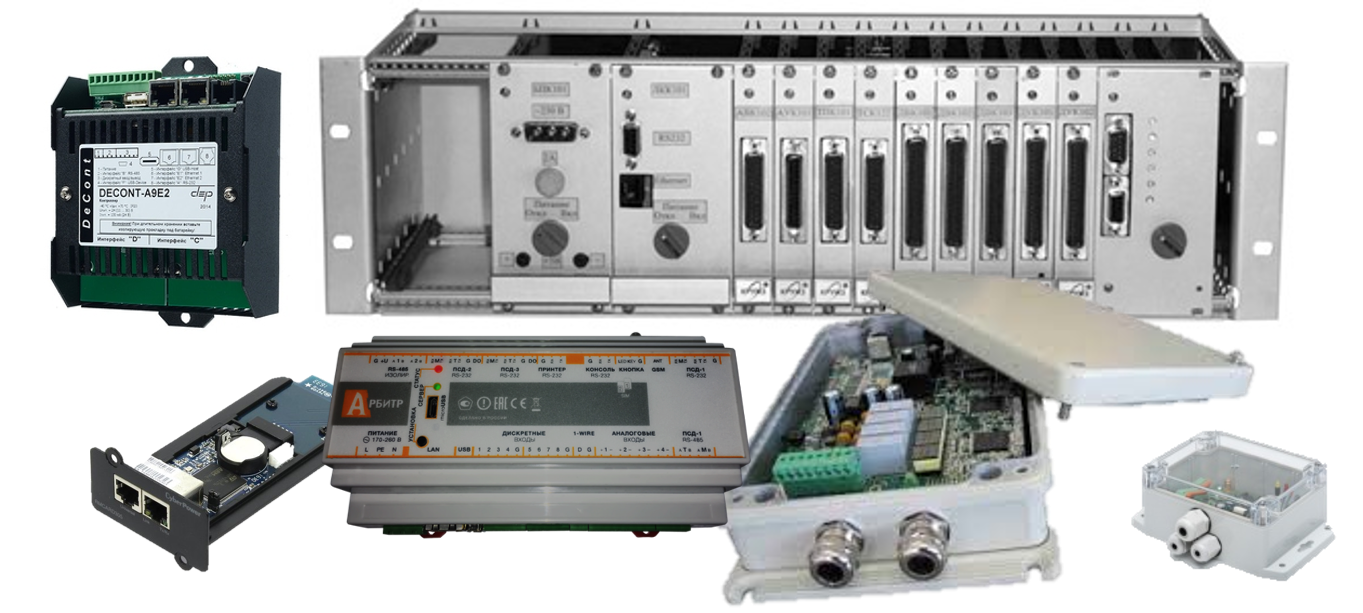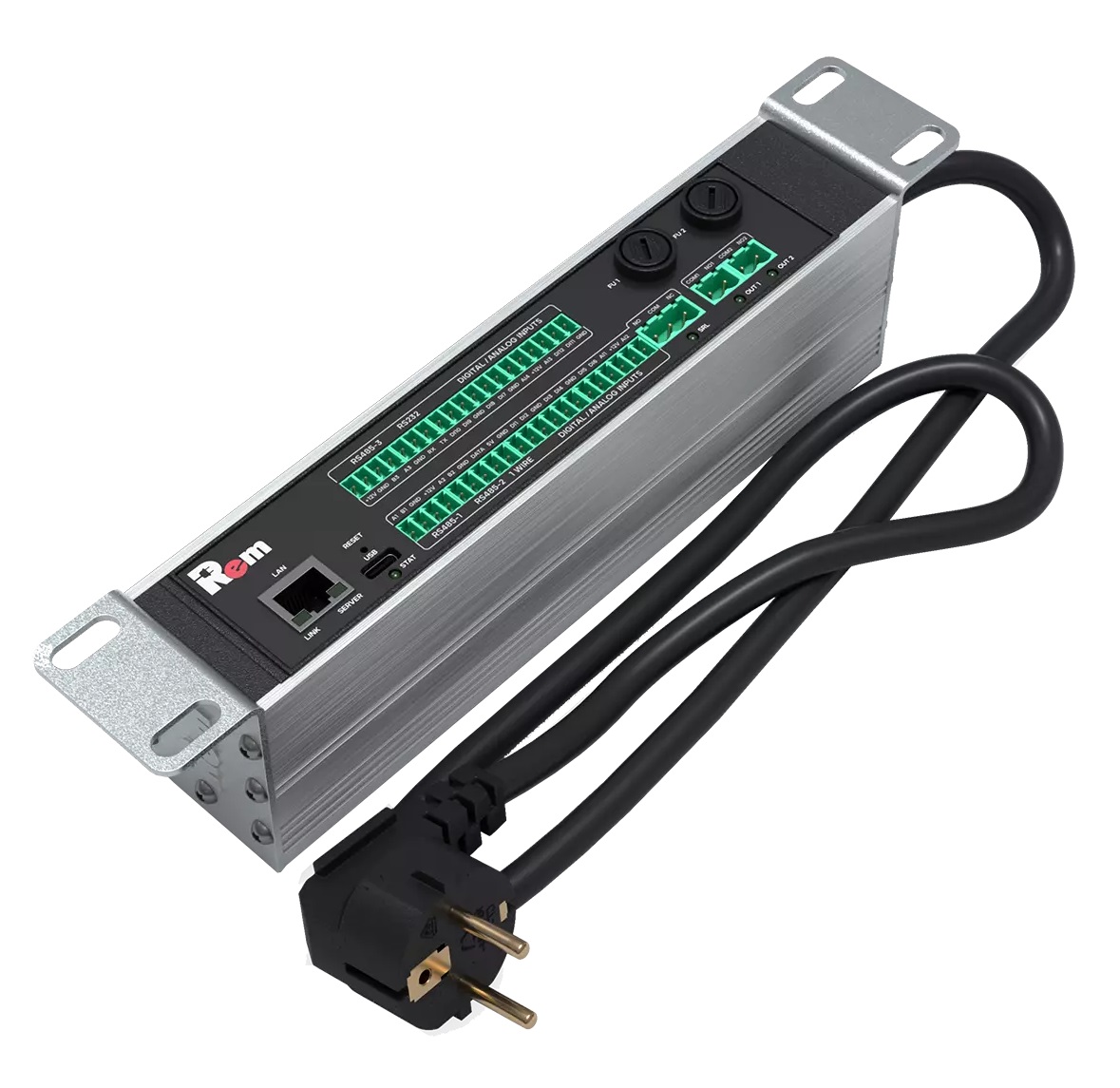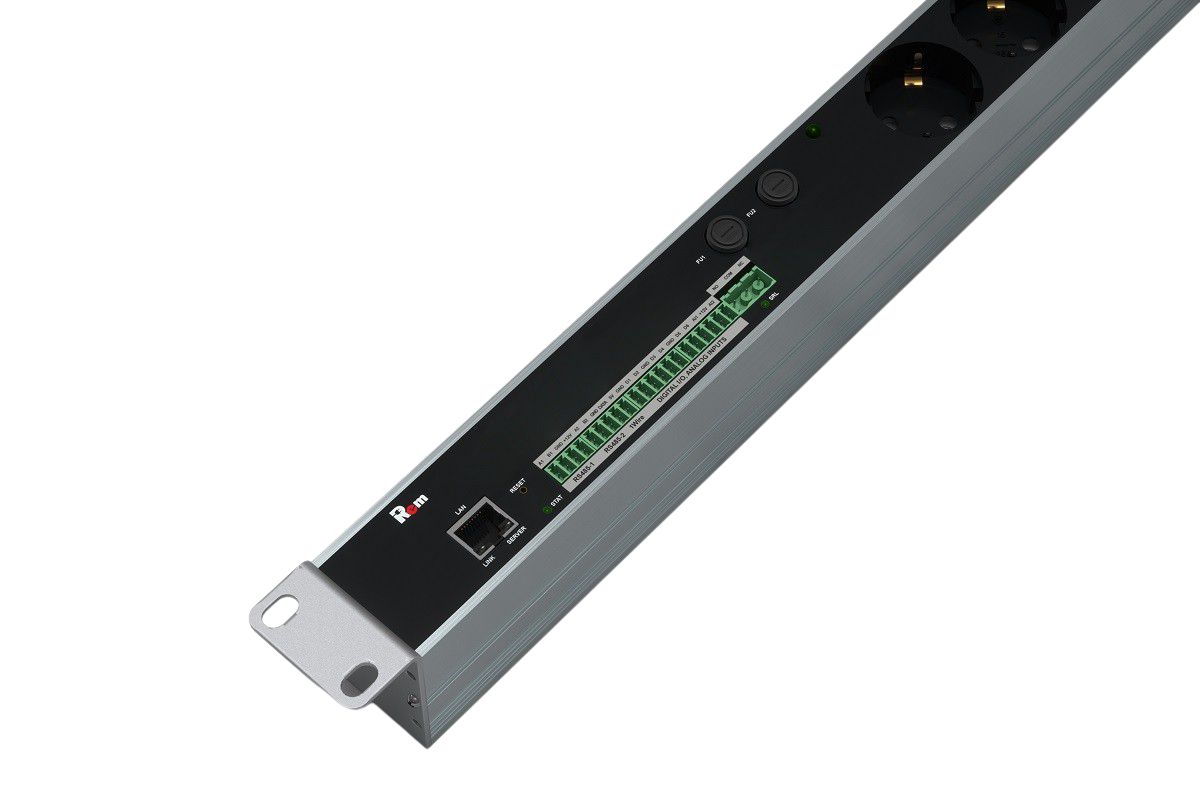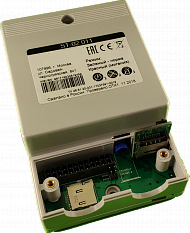Automation
Five-year proven track record in the automation market
The main line of work of the division is contract-based development of controllers, I/O modules, power supply systems, sensors, and top-level monitoring and control systems.

We provide a full development cycle — from development of an idea to production of a pilot prototype.
Conceptualization and price negotiation
To allow us to prepare a quote on your project, give us a call or send us a request that includes:
- desired timeframe for completion of the work,
- target cost,
- target production volumes (in case you do not plan to organize production using your own resources).
We will call the phone number provided in the request or answer your email and ask clarifying questions. If the project is of interest to both of us, a face-to-face meeting will be required. After one or two meetings, we will provide an estimating cost of the work. After discussing and agreeing the cost we will prepare a qualified technical requirements specification, specify the details, terms, prices, etc. If we accede to an agreement on all points, we will conclude a contract with you.
Planning and development management
At the final stage (signing the contract) we will allocate a project manager whose task will be forming a project team and developing a project design passport (charter) containing:
- project objective,
- project details,
- shared documents (internal and external standards),
- project completion timeframe and deliverables for key milestones,
- results, risks and conditions of project completion,
- project milestones,
- budget and cash flow details,
- project team make-up.
During project execution, we will update the project implementation schedule on a weekly basis. The said schedule can be provided anywhen at customer’s request.
At the end of the project we will in all cases summarize its results and prepare a final report which will contain delivery variance and other information, such as:
- project deliverables,
- milestones,
- total duration and cost of the project,
- difficulties encountered in carrying out the project and experience gained,
- development prospects.
We use a PMI approach optimized for contract development in our project design work.
In the first technical phase of our work we make decisions regarding the enclosure and appearance of the future device.
Design selection and development
The future device should work “in fact rather than in word”, so from the very first meeting we will make sketches of devices and agree them upon with the customer.
The first item we will discuss and choose together with the customer is the type of enclosure:
- standard plastic or aluminum enclosure (usually with custom milled holes for connectors, indicators and control elements),
- custom-designed sheet metal enclosure,
- custom-designed plastic enclosure (injection molding),
- aluminum profile enclosure with custom-designed front panels.
The second item we will discuss is a hand-scribbled preliminary layout. In case we work out a suitable variant, we will prepare the initial 3D model of the device based on the sketch and taking into account the actual size of the enclosure and components. Usually it takes a few iterations to get it aligned and move on to electronic component development.
If the customer is well-versed in the structure diagram, the device schematic can be started immediately after discussing the hand-scribbled sketch. Moreover, until we have the final layout, we cannot be sure that everything will fit into the required dimensions. After PCB design, face stickers/panels, tampon printing or laser engraving templates are designed.

Hardware component development
The process of electronic component development consists of sequential creation of block diagram, circuit diagram, and printed circuit board (or multiple boards).
No one in the whole world can be “the expert in all fields”. The following are areas of hardware component development where we have gained significant experience. The more our experience matches your needs, the faster and better we can complete your project.
Modern controllers and processors
For simple devices we use single-chip microcontrollers with the ARM-Cortex-M0, M1, M3, M4, M7 core. We have garnered a lot of experience in using the STM32 microcontroller family.

When dealing with more complex devices we use ARM-9 or ARM-Cortex-A7 and A8 processors with external RAM and Flash chips. We have considerable experience in using processors manufactured by Freescale, Atmel (Microchip) and TI companies. It is often justified to use two processors in one device: a powerful processor for resource-intensive applications and a small single-chip processor for simple real-time applications.

For particular about cost and small-scale IoT devices, we utilize System on Chip (SoC) electronic circuit that contains the processor core and memory in a single package.
I/O ports and network interfaces
We are proficient in making I/O modules with various types of inputs and outputs, including:
- current inputs 4…20 mA,
- potential inputs 0…10 VDC,
- potential voltage inputs 0…380 VAC,
- discrete inputs with common plus and minus, equipped with a backup power supply that allows pulse counting to continue over a protracted period after mains power failure,
- complementing inputs with loop integrity monitoring — NAMUR,
- “common-collector” outputs,
- galvanically isolated inputs and outputs,
- power supplies with maximum current limitation to protect against failure of current inputs.
We have accumulated a lot of experience using various interfaces, including: RS232, RS485, RS422, CAN, USB, Ethernet 10/100/1000, 1-wire, S-Wire, M-Bus, KNX, PLC G3/Prime.
Power electronics
In our products we use modern compact in size and highly efficient power supplies. We have awareness of dealing with cheap Chinese-made chips distributed on the mass market.
Many of our devices have built-in isolated mains power supply units for operation from single-phase or three-phase AC 220/380 VAC or from 18...72 VDC (industrial automation and communication systems).

We also have experience in integrating remote power supplies in our devices — from 48 VDC (for PoE devices) to 600 VDC (for trunk wired communication systems).
Down to recent times our experience has been limited to the development of power supplies with load-supplying capacity from 3 to 500 W. But we feel empowered to run at more high level.
We can calculate transformer parameters and debug stabilization and feedback circuits for isolated Flyback and Forward topology power supplies, which may also contain input PFC converters and output synchronous rectifiers.
Backup power supplies with ultracapacitors, working on Li-ion or lead batteries
In approximately 30 % of cases, loss of communication with the remote controller is due to loss of mains power. Visits of field service engineers to the site costs much, whereupon power outage problems may usually be solved by local personnel — simple ones by a security guard, more complex ones by an electrician. To accurately determine that the unit has stopped working due to a lack of line voltage, it should be equipped with a backup power system designed to work only a few minutes. This would do to send a “mains power off” signal or SMS to the server.
To solve problems of such kind, the most effective way is to use ultracapacitors (built on EDLC technology). They are insusceptible to aging on a practical level, insensitive to sub-zero temperatures, and are designed for an almost infinite number of charge-discharge cycles (more than 500,000).
This requires a certain amount of experience in working with ultracapacitors due to the fact that they cannot withstand high temperatures, they require balancing when connected in series, input and output control is required due to the large number of manufacturers producing products of different quality, etc. We have accumulated extensive experience in working with ultracapacitors, and we have developed standard solutions for their use.

For applications where it is necessary to keep controllers running for hours after power outages, the use of ultracapacitors is unreasonably expensive. In these cases, it is optimal to use lead or lithium-ion batteries. Moreover, if the controller's operational life should exceed 3 years without the need to replace the battery (in most applications), Li-ion batteries have the advantage. In our data acquisition controllers we use Polymer Li-ion (or Li-Pol) batteries which are designed to operate in the industrial temperature range of -40 to 60 °C and have a long service life.
Pre-production inspections
We have developed checklists for each work stage to check quality (which, in fact, takes a substantial amount of time, but definitely saves the latter on the entire project).
Once the design is finalized, we make sure to make a full-scale mock-up and test the product for assemblability.
Embedded software development
The share of labor costs for the development of embedded software (ESW, Embedded SW) when creating a new device is at least 80 % of their total volume. We have extensive development experience in the following areas.
Use of embedded operating systems
We develop even the simplest devices using embedded operating systems (Embedded OS, EOS). We believe this approach is justified since using EOS allows us to design devices more fast and make far fewer mistakes. As functionality expands, devices with EOS can still be supported: each task runs in its own thread. For low-cost devices with ARM-Cortex-Mx microcontrollers, we use the RTOS operating system, and for powerful products with ARM-9 or Cortex-Ax processors, we use Linux.
Management protocols
Our devices are capable of supporting the following management protocols:
- command line — support: CLI (telnet, ssh),
- journaling on the servers: Syslog,
- authorization: Radius,
- web management interface working via standard browser (http, https),
- network management and monitoring via SNMP v. 1/2/3.
System Functions
- updatable bootloader,
- multiple copies of embedded SW for reliable software updates,
- 2 copies of settings, rollback to previous settings in case new settings have not been confirmed,
- hardware and software anti-freeze protection (watch dogs).
Safety
To ensure information security of devices, we use:
- TLS encryption, SSH certificates X.509 EC, RSA,
- “Kuznyechik” block encryption according to GOST R 34.12-2015.
Communication with third-party equipment
Our devices can connect to a variety of equipment:
- by serial interfaces — RS485, RS232, RS422, CAN, optical port, etc,
- via 10/100 Mbps Ethernet wired network,
- via WiFi and Bluetooth wireless interfaces,
- via USB interface,
- via specialized digital interfaces.
We have integrated drivers in our devices to make them work with:
- resource meters,
- power plants (battery, diesel, etc.),
- air conditioners, automatic climate control systems, ventilation equipment,
- production equipment,
- vending machines.
We can write a driver for almost any device, as long as the protocol for its handling is known and testing can be performed.
Development of artificial intelligence (AI) devices
We develop devices capable of solving the following problems in real time:
- object detection and classification (video analytics),
- facial recognition,
- management of rotating cameras (PTZ) for object tracking,
- predictive modeling using customer data.
We have accumulated vast experience in:
- setting and training of neural network algorithms,
- mathematical modeling,
- NVIDIA Jetson high-performance controllers.
Communication protocols
We use the following protocols to communicate with higher-level systems and lower-level equipment:
- MQTT for Internet of Things (IoT, IIoT) devices running Amazon WEB Services, Microsoft Azure, Google Cloud IoT and Yandex|Cloud platforms,
- ModBUS RTU host/device, ModBUS TCP, M-Bus,
- IEC-60870-X-104 protocol family (power engineering),
- EGTS, Wialon, EGTS+ (Moscow) for navigation systems,
- VoIP telephony and dispatch communication,
- “transparent” modem mode,
- virtual COM port,
- OPC-UA for industrial automation.
Testing
- Heat/cold climate chamber,
- A long supervised run.
Device raising
- Optimization of circuit solutions to reduce cost,
- Copying multilayer printed circuit boards,
- Replacement of legacy components.
Preparing for full-scale production
- Development of test and “run-through” equipment,
- Creation of a production database,
- Automation of testing and shipping processes.
Post-design works
- Preparation of forms and records (according to the Unified system for design documentation, if necessary),
- Certification.
Completed projects
- Smart PDU product range: controllers, relay and measurement modules, power supply units


- Controllers for creating commercial metering systems: ACEMS, ASEPTM, ASCWM, ACSFTM, etc.


-
Management system based on a cloud IoT platform

-
Trackers for public transport


